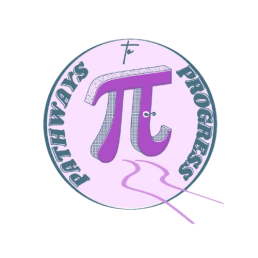Some methods for finding vortex equilibria
Robb McDonald is a Professor in the Department of Mathematics. His research falls into two areas:
(i) geophysical fluid dynamics, including rotating stratified flows, rotating hydraulics, coastal outflows, geophysical vortices and topographic effects on geophysical flows.
(ii) complex variable methods applied to 2D free-boundary problems. This includes vortex dynamics, Loewner evolution, Hele-Shaw flows and Laplacian growth, industrial coating problems, and pattern formation in nature.
Abstract
Determining stationary compact configurations of vorticity described by the 2D Euler equations is a classic problem dating back to the late 19th century. The aim is to find equilibrium distributions of vorticity, in the form of point vortices, vortex sheets, vortex patches, and hollow vortices. This endeavour has driven the development of mathematical and numerical techniques such as Hamiltonian vortex dynamics and contour dynamics.
In the case of vortex sheets, methods and results are presented for finding rotating equilibria, some in the presence of point vortices. To begin, a numerical approach based on that recently developed by Trefethen, Costa, Baddoo, and others for solving Laplace's equation in the complex plane by series and rational approximation is described. The method successfully reproduces the exact vortex sheet solutions found by O'Neil (2018) and Protas & Sakajo (2020). Some new solutions are found.
The numerical approach suggests an analytical method based on conformal mapping for finding exact closed-form vortex sheet equilibria. Examples are presented.
Finally, new numerical solutions are computed for steady, doubly-connected vortex layers of uniform vorticity surrounding a solid object such that the fluid velocity vanishes on the outer free boundary. While dynamically unrelated, these solutions have mathematical analogy and application to the industrial free boundary problem arising in the dip-coating of objects by a viscous fluid.


